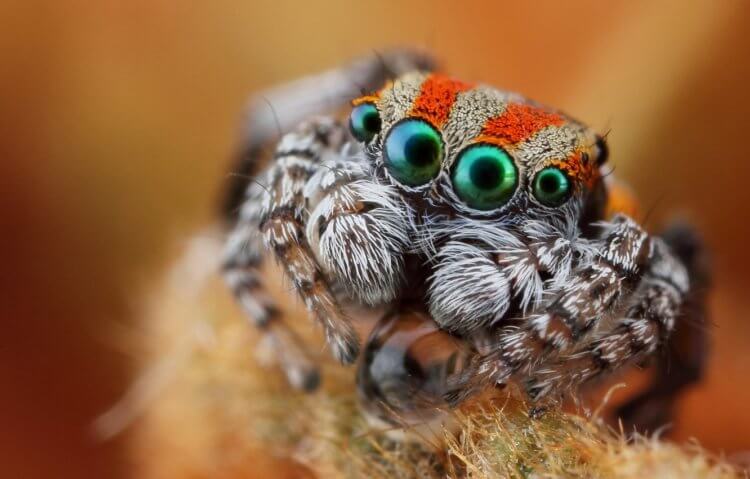Spiders To Inspire A More Compact System Of Depth-Sensing Cameras
Aadhya Khatri - Nov 01, 2019

Scientists have found a way to reduce the bulkiness of a depth-sensing camera system, inspired by how spiders can see their prey from a distance
- Cafe In Tokyo With Robot Waiters Controlled By Disabled Staff
- Best Robot Vacuums In India To Clean Carpets, Wood Floor And Pet Hair
- AI Is Being Trained To Identify Faces In The Dark Using Thermal Images
Gadgets and robots are becoming more and more common in our everyday life, which calls for them having a 3D vision. However, as you can see by the notch on the iPhones, the size of a depth-sensing camera is still too large. But that might not be the case any longer as scientists have found a way to reduce the bulkiness, inspired by how spiders can see their prey from a distance.
Spiders’ heads are too small to fit in a whole system of light projectors, and yet their hunting skills are excellent. The answer is pretty weird but handy for scientists.

We humans have two eyes to capture slightly different images and form a sense of distance from that, while each of the spider eyes is a depth-sensing system in its own right.
Each of these tiny crawling creature’s eye is made up of multiple layers and transparent retinas. So the images will have different levels of blurriness depending on the distance. The spiders' brains will process all of the information gathered by different eyes and layers to form an idea of the distance between the creature and the subject. The best thing about this system is that it requires a minimum amount of hardware.
The approach has helped researchers at Harvard University to create a system of lenses that can provide information on distance without the optical elements.

These lenses will capture images with different amounts of blurriness, like what spiders' eyes do, and an algorithm will analyze them to come up with a calculation of depth.
The whole process requires little hardware as well as power. The size of the entire thing can also be very compact. As in this experiment, the hardware is only 3 millimeters across.
The size of the system makes it ideal for adding in everything, from smartphones, smart home appliances, to self-driving cars.
Featured Stories

Features - Jan 23, 2024
5 Apps Every Creative Artist Should Know About

Features - Jan 22, 2024
Bet365 India Review - Choosing the Right Platform for Online Betting

Features - Aug 15, 2023
Online Casinos as a Business Opportunity in India

Features - Aug 03, 2023
The Impact of Social Media on Online Sports Betting

Features - Jul 10, 2023
5 Most Richest Esports Players of All Time

Features - Jun 07, 2023
Is it safe to use a debit card for online gambling?

Features - May 20, 2023
Everything You Need to Know About the Wisconsin Car Bill of Sale

Features - Apr 27, 2023
How to Take Advantage of Guarantee Cashback in Online Bets

Features - Mar 08, 2023
White Label Solutions for Forex

Review - Jul 15, 2022
Comments
Sort by Newest | Popular